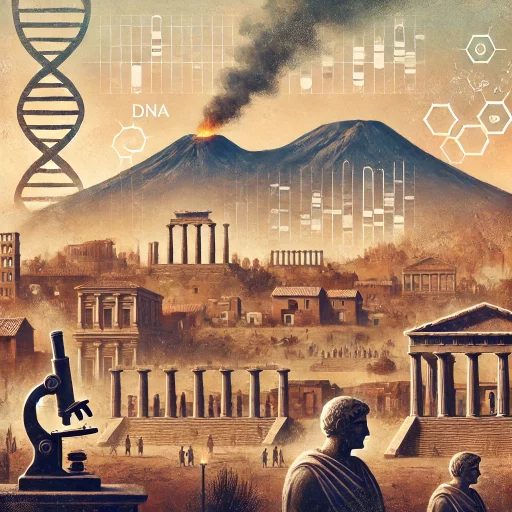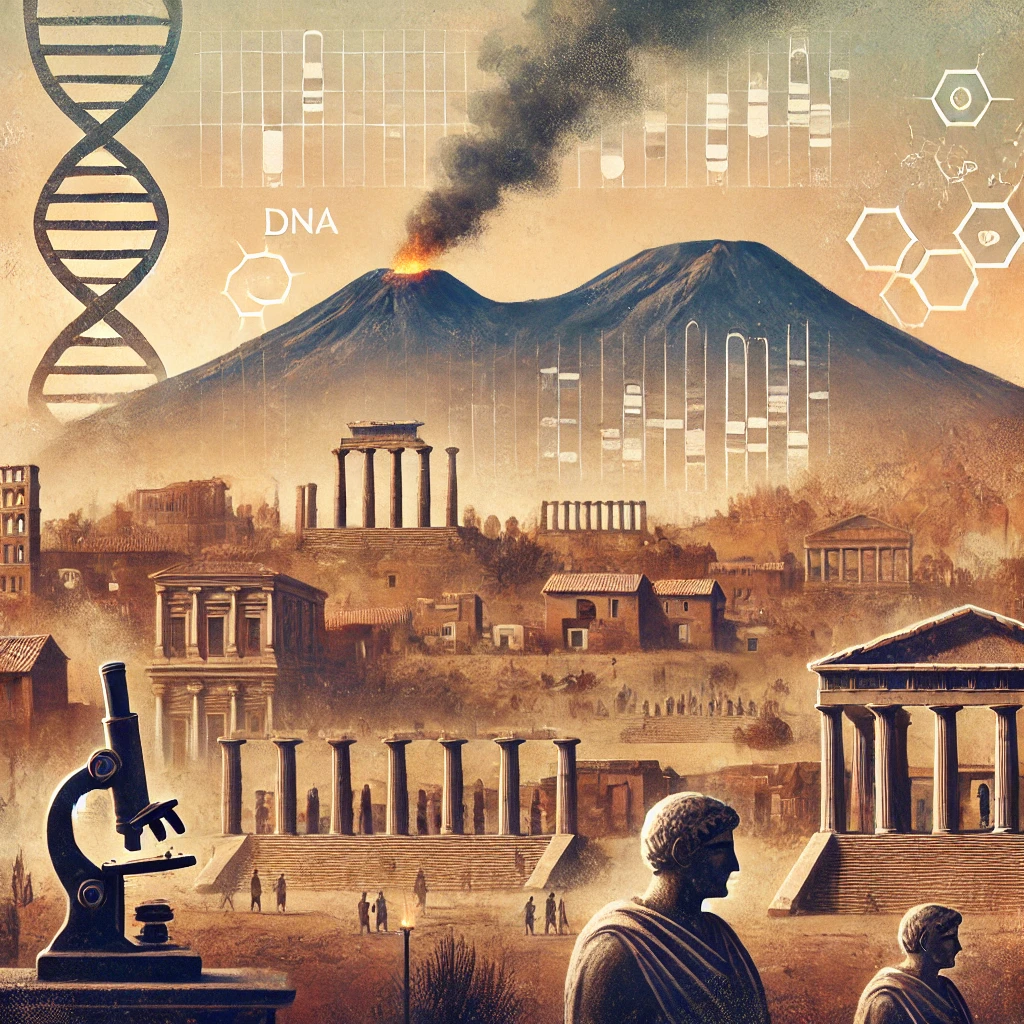A Glimpse into Pompeii’s Forgotten Lives
Nearly 2,000 years ago, the eruption of Mount Vesuvius buried the Roman city of Pompeii under ash and debris, freezing it in time. While we know much about the structures and art, we know little about the people who lived there—until now. Thanks to advances in DNA technology, scientists are beginning to uncover the personal histories of Pompeii’s residents.
DNA from Pompeii Reveals New Details
Researchers recently analyzed DNA from the bones of a man and a woman found in a Pompeii house. This breakthrough allows us to look deeper into the personal lives of those who lived during ancient Roman times. For instance, the man’s DNA showed signs of a spine condition, suggesting he may have had mobility challenges—an insight into his daily life and health.
Why This Ancient DNA Matters
Studying ancient DNA helps scientists understand the ancestry, health, and lifestyles of people long gone. With this technology, we can track how human health and diseases have evolved over time. This research fills gaps in history, allowing us to learn about the lives, origins, and experiences of individuals, which can also shed light on our own health and heritage.
Pompeii as a Timeless Record of Ancient Life
Pompeii provides a unique snapshot of life interrupted, and this DNA study is a big step toward understanding the people who experienced it. As technology advances, we may uncover even more details about the lives of ancient communities, broadening our understanding of human history and resilience.





